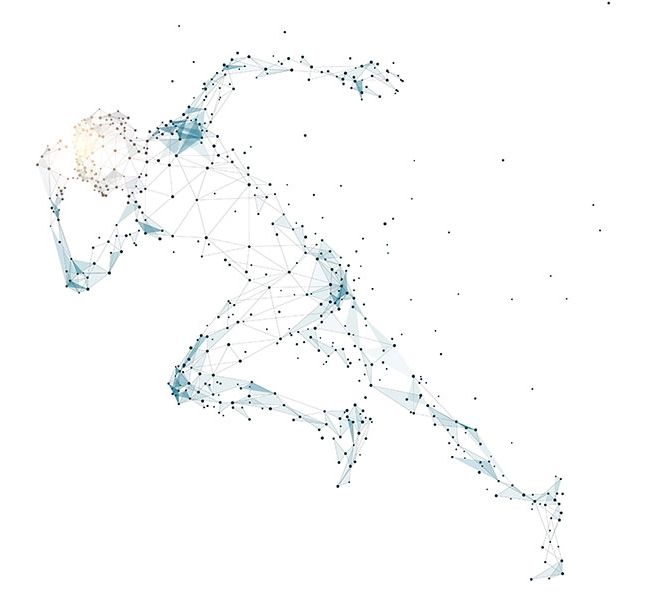
Category: cyborgs – Page 122

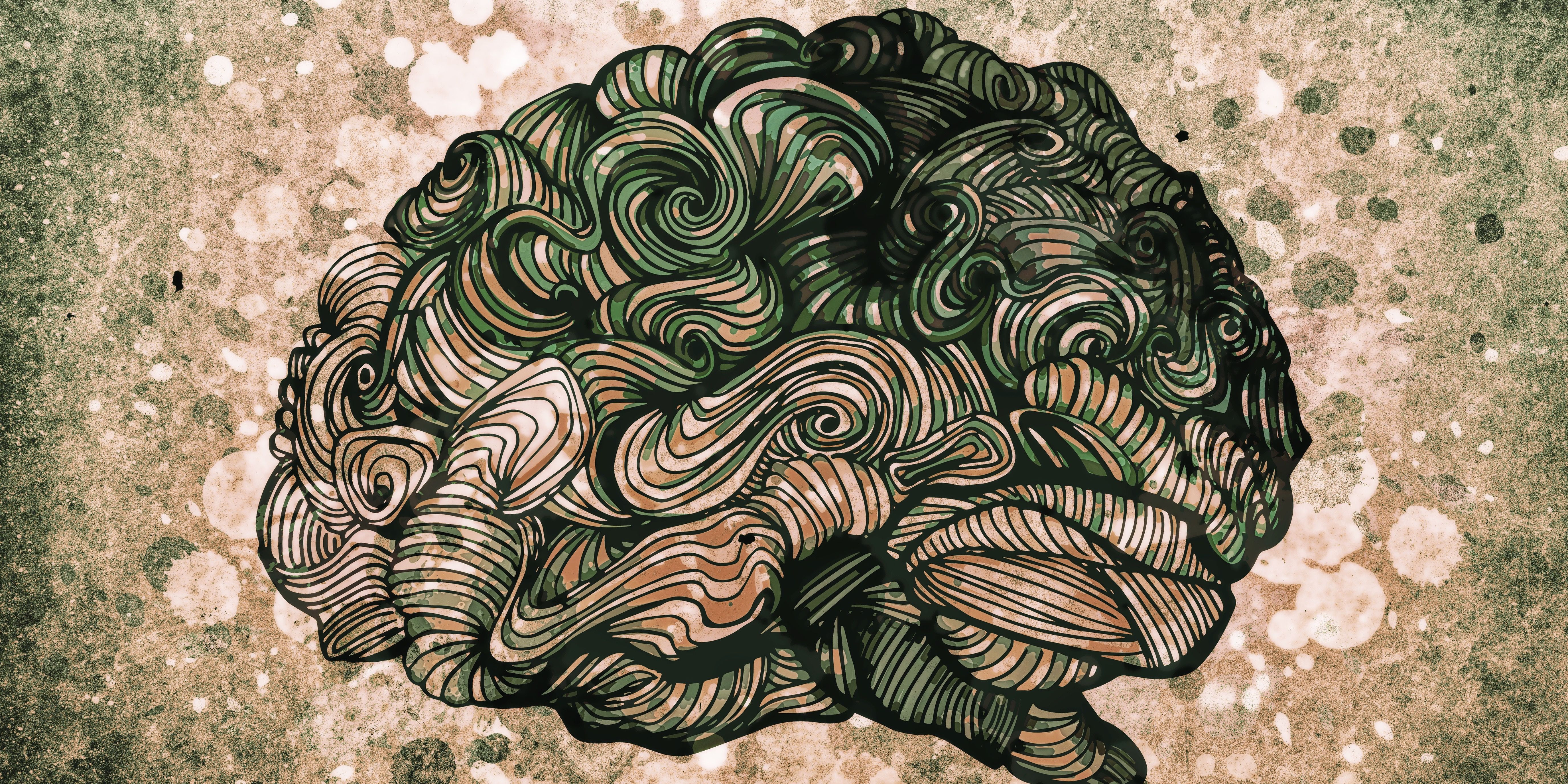
The Tiny Brain Chip That May Supercharge Your Mind
How will we interact with the intelligent machines of the future? If you’re asking Bryan Johnson, founder of startup Kernel, he’ll tell you those machines should be implanted inside our brains.
His team is working with top neuroscientists to build a tiny brain chip—also known as a neuroprosthetic —to help people with disease-related brain damage. In the long term, though, Johnson sees the product applicable to anyone who wants a bit of a brain boost.
Yes, some might flag this technology as yet another invention leading us toward a future where technology just helps the privileged get further in life.
Augmented Future Open Bionics Trailer — Deus EX: Mankind Divided
Open Bionics, Eidos-Montréal and Razer are working together to bring Deus Ex inspired augmentations to life.
http://gaming.youtube.com/gamespot
Visit all of our channels:
Features & Reviews — https://www.youtube.com/GameSpot
Gameplay & Guides — https://www.youtube.com/GameSpotGameplay
Trailers — https://www.youtube.com/GameSpotTrailers
Mobile Gaming — https://www.youtube.com/GameSpotMobile
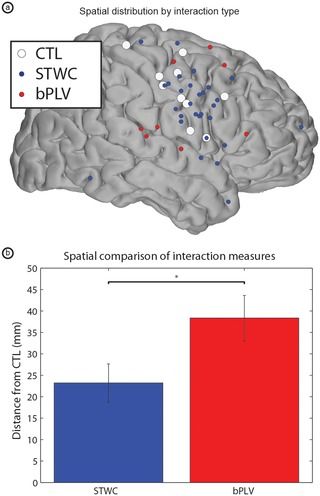
Cortico-Cortical Interactions during Acquisition and Use of a Neuroprosthetic Skill
Interesting research paper on motor cortex-based brain-computer interface (BCI) research conducted by researchers from UW. Sharing with fellow partners and researchers trying to advance BMI as well as those researching and/ or re-creating brain/ neuro patterns in systems.
The neurons in the human brain are densely interlaced, sharing upwards of 100 trillion physical connections. It is widely theorized that this tremendous connectivity is one of the facets of our nervous system that enables human intelligence. In this study, over the course of a week, human subjects learned to use electrical activity recorded directly from the surface of their brain to control a computer cursor. This provided us an opportunity to investigate patterns of interactivity that occur in the brain during the development of a new skill. We demonstrated two fundamentally different forms of interactions, one spanning only neighboring populations of neurons and the other covering much longer distances across the brain. The short-distance interaction type was notably stronger during early phases of learning, lessening with time, whereas the other was not. These findings point to evidence of multiple different forms of task-relevant communication taking place between regions in the human brain, and serve as a building block in our efforts to better understand human intelligence.
Citation: Wander JD, Sarma D, Johnson LA, Fetz EE, Rao RPN, Ojemann JG, et al. (2016) Cortico-Cortical Interactions during Acquisition and Use of a Neuroprosthetic Skill. PLoS Comput Biol 12: e1004931. doi:10.1371/journal.pcbi.1004931
Editor: Olaf Sporns, Indiana University, UNITED STATES
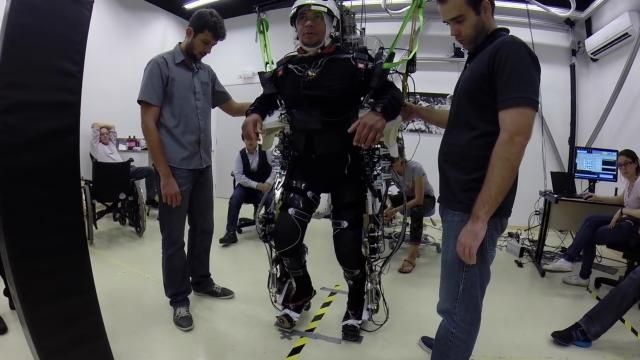
Bionic Woman: Humans+
Motherboard visits a woman using one of the most advanced prosthetic limbs in the world—one that can touch and feel like a flesh-and-blood hand. Full video: http://bit.ly/2b6JS9W
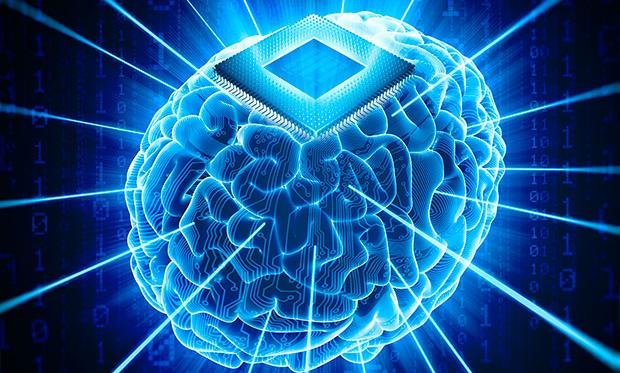
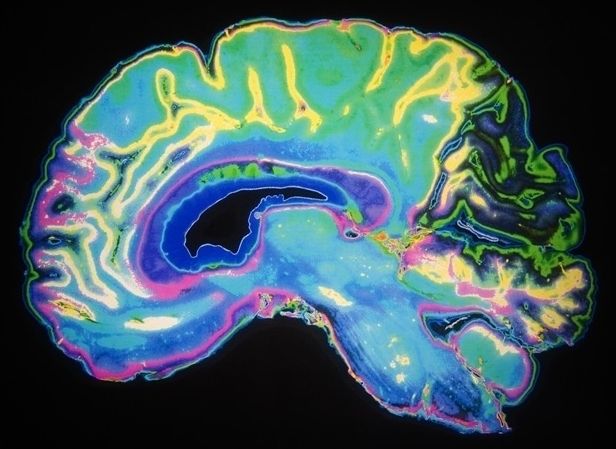
Long-term brain-machine interface use could lead to recovery in paraplegic patients
I know so many people who will benefit from this.
During the 2014 FIFA World Cup opening ceremony, a young Brazilian man, paralyzed from the chest down, delivered the opening kickoff. He used a brain-machine interface, allowing him to control the movements of a lower-limb robotic exoskeleton.
This unprecedented scientific demonstration was the work of the Walk Again Project (WAP), a nonprofit, international research consortium that includes Alan Rudolph, vice president for research at Colorado State University, who is also an adjunct faculty member at Duke University’s Center for Neuroengineering.
Barely two years after the demonstration, the WAP has released its first clinical report, published Aug. 11 in Scientific Reports. They report that a group of patients who trained throughout 2014 with the WAP’s brain-controlled system, including a motorized exoskeleton, have regained the ability to voluntarily move their leg muscles and to feel touch and pain in their paralyzed limbs. This, despite being originally diagnosed as having a clinically complete spinal cord injury — in some cases more than a decade earlier.
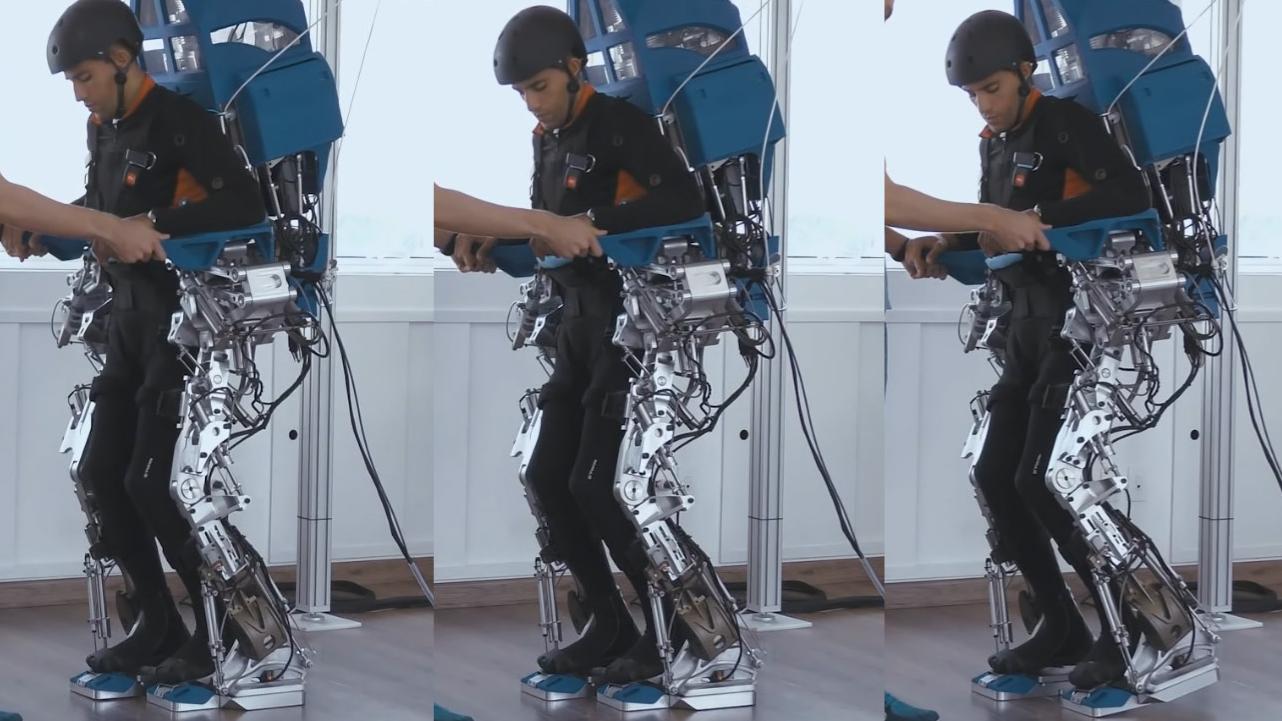
Paralysed patients move limbs after virtual reality training
Eight completely paralysed people have regained function in their limbs following virtual reality training, in an accidental result that has astonished even the scientists involved.
Using a brain-machine interface, scientists showed that people with long-term severe paralysis could retrain the few remaining connections in their damaged spines, letting their brains talk to their extremities once more. This enabled them to feel sensation, move their limbs and improved their bladder and bowel control.
The results came about as a wholly unexpected side effect of training to help people use robotic exoskeletons, which let them walk upright.
Bionic Bird drone looks and flies just like a bird
Click on photo to start video.
This drone looks and flies just like a bird.